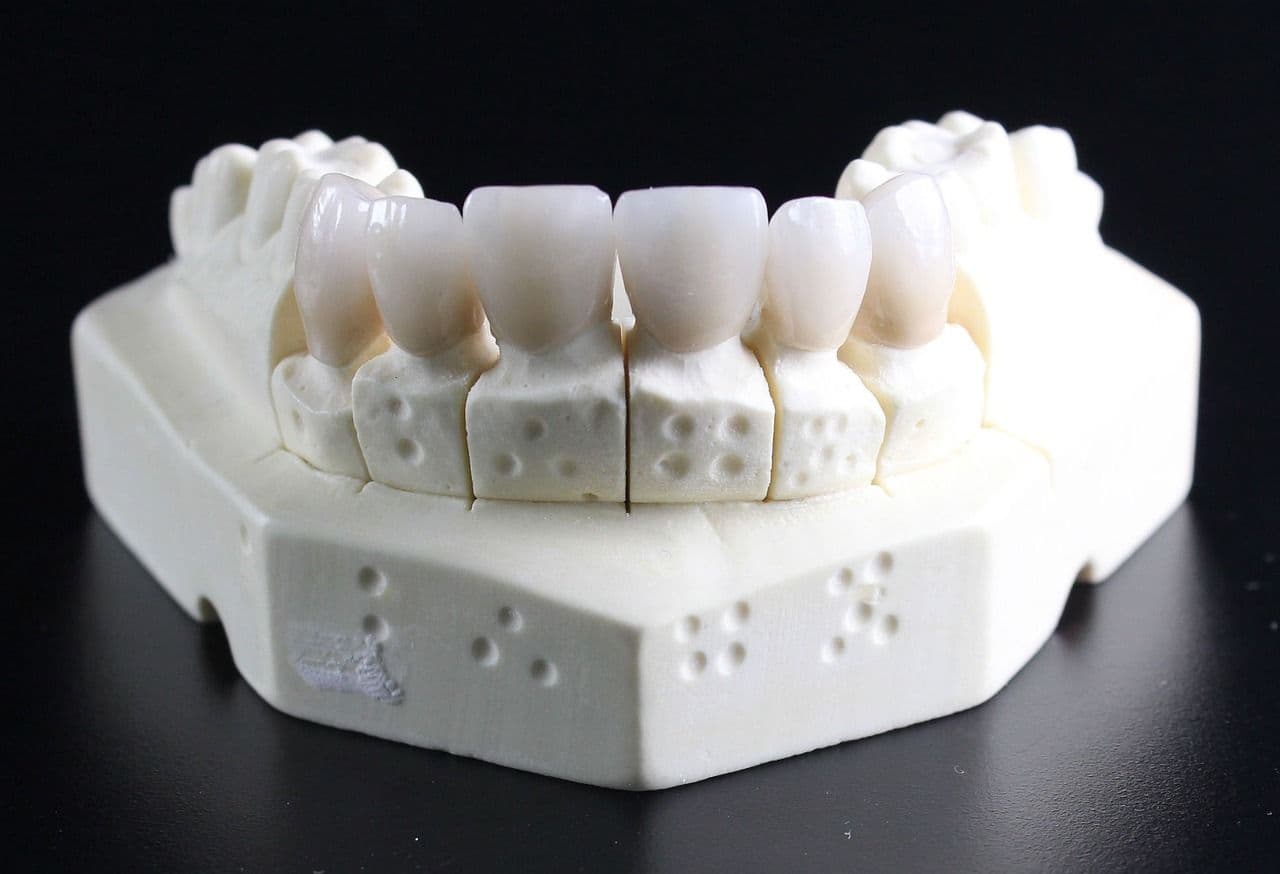When it comes to dental restorations, precision and reliability are non-negotiable. Dental furnaces play a critical role in achieving the desired quality of restorations, whether you’re working with ceramics or zirconia. But how do you choose the right furnace for your needs? Let’s explore the key differences between ceramic and zirconia dental furnaces to help you make an informed decision.
Understanding Ceramic and Zirconia Furnaces
Ceramic Furnaces are designed primarily for firing dental ceramics, including porcelain crowns and veneers. These furnaces focus on accurate temperature control and uniform heating to ensure flawless aesthetics and strength in the final product. They are essential for creating lifelike dental restorations with optimal translucency and colour matching.
Zirconia Furnaces, on the other hand, are built to sinter zirconia, a highly durable material used for crowns, bridges, and implant abutments. Zirconia requires higher sintering temperatures, often reaching up to 1600°C, and prolonged holding times to achieve its full strength and biocompatibility.

Key Differences
1. Temperature Requirements
- Ceramic Furnaces: Operate at lower temperatures, typically between 700°C and 1100°C. Ideal for firing porcelain and other ceramics.
- Zirconia Furnaces: Require higher temperatures, ranging from 1400°C to 1600°C, to ensure complete sintering of zirconia.
2. Material Compatibility
- Ceramic Furnaces: Best suited for delicate ceramic materials that require precise and controlled heating cycles.
- Zirconia Furnaces: Specifically designed for dense and robust zirconia restorations that demand extreme heat and longer cycles.
3. Heating Elements
- Ceramic Furnaces: Use heating elements like molybdenum disilicide (MoSi2) or quartz tubes for consistent and gentle heating.
- Zirconia Furnaces: Often equipped with advanced elements such as silicon carbide (SiC) or high-performance MoSi2 to withstand extreme temperatures.
4. Cycle Times
- Ceramic Furnaces: Typically have shorter firing cycles, making them efficient for quick turnaround in aesthetic restorations.
- Zirconia Furnaces: Require longer sintering cycles, often lasting several hours, due to the material’s properties.

Advantages and Limitations
Ceramic Furnaces
Advantages:
- Precise temperature control for aesthetic restorations
- Cost-effective for practices focusing on porcelain
- Compact and user-friendly designs
Limitations:
- Not suitable for high-temperature sintering
- Limited to ceramic materials
Zirconia Furnaces
Advantages:
- Capable of handling high temperatures
- Essential for robust zirconia restorations
- Durable and reliable for long-term use
Limitations:
- Higher upfront costs
- Longer cycle times
- May not be ideal for practices focused solely on ceramics
Which One Should You Choose?
The choice between a ceramic and zirconia dental furnace depends on the specific needs of your dental practice or laboratory:
- For Aesthetic Restorations: If your work focuses on porcelain veneers, crowns, and inlays, a ceramic furnace is the better choice due to its precision and efficiency.
- For Durable Restorations: If your practice or lab handles a high volume of zirconia crowns and bridges, investing in a zirconia furnace is essential.
- Hybrid Needs: Some advanced furnaces offer multi-material capabilities, allowing you to fire both ceramics and zirconia. These may be worth considering for versatility.
Both ceramic and zirconia dental furnaces have their unique advantages and are indispensable in modern dentistry. Understanding your specific requirements—whether it’s aesthetic precision or structural durability—is key to making the right choice. Evaluate your practice’s workload, budget, and material preferences to select a furnace that aligns with your goals. Ultimately, the right dental furnace can elevate the quality of your restorations and the satisfaction of your patients.
